Chances are good that if you stumbled upon this website, you’re interested in improving your health, fixing your metabolism, losing weight, or all of the above.
You want to look better, feel better, and have more energy.
But whether your ultimate goal is one or all of those three objectives, what you might not realize is that nearly all issues weight gain, a slowing metabolism, and nearly every modern health issue facing our society comes back to one single root cause—insulin resistance.
And while not many of us have even heard of it, this is not a rare condition.
Are you ready to lose weight and heal your body for life (without dieting, drugs, or making yourself miserable)?

Our free on-demand video training will walk you through how to make this THE year you set health goals…and keep them.
In fact, Dr. Benjamin Bickman, one of the leading experts in insulin resistance, insulin sensitivity, and Type II diabetes says that insulin resistance may affect as many as 80% of Americans in some way or another. Not only that, insulin resistance can be directly tied to nearly every major health issue we face today including obesity, diabetes, heart disease, PCOS, cancer, autoimmune conditions, Alzheimer’s and a whole lot more.
So, insulin resistance is making a lot of us sick and fat. But what exactly is it? And more importantly, what can we do about it?
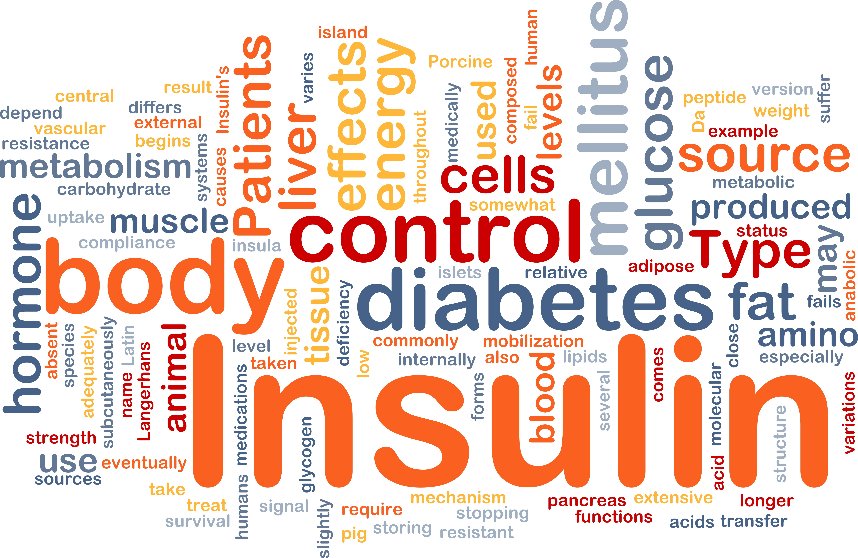
What Is Insulin?
Before we get into what insulin resistance is, we really need to understand what insulin is.
At the most basic level, insulin is a hormone that helps your body use glucose for energy. Glucose is a type of sugar that comes from the food you eat. When you eat, your blood sugar levels rise. Insulin helps move the sugar from your blood into your cells, which can be used for energy.
In other words, insulin controls how your body uses the fuel you feed it.
Some of the most common functions of insulin include:
- Tells the cells whether to store or use energy
- Instructs some cells to make proteins or lipids for hormones
You can think of insulin as a growth hormone because it is active in telling cells how to use energy to build and grow. It can tell fat cells to grow (storing energy for later) or protein cells to grow (building muscle mass). It all depends on the type of fuel you put into your body.
If you eat mostly sugar and carbs, your insulin will tell your fat cells to grow and store energy for future use. On the flip side, if you eat a low-carb diet that is high in protein, insulin will tell your muscle mass to grow, which burns fat for energy.
What Is Insulin Resistance?
So with that in mind, what exactly is insulin resistance?
Insulin resistance happens when the insulin receptors in your cells become desensitized to insulin. In other words, insulin can no longer do its job properly.
Glucose comes from the food you eat and is the main source of energy for your body. When you eat, your blood sugar levels rise. Normally, insulin helps move the sugar from your blood into your cells, where it can be used for energy.
But if you have insulin resistance, this process does not work properly. The sugar stays in your blood instead of being moved into the cells. As a result, over time, too much sugar in the blood can damage organs such as the heart, kidneys, and eyes. It can also lead to stroke and memory problems.
Insulin resistance is always accompanied by hyperinsulinemia – a state of there being more insulin in the body than is considered normal or healthy.
When you eat a high-carb diet, your body produces more insulin to balance your blood sugar levels.
Over time, this leads to insulin resistance and can eventually lead to metabolic syndrome.
Metabolic syndrome is a collection of different conditions—like high blood pressure and insulin resistance—that increases your risk for heart disease, stroke, and diabetes.
Causes of Insulin Resistance:
So what exactly causes our body to become resistant to insulin, and to cease processing glucose correctly? There are a few different things that can cause insulin resistance.
One of the most common is a diet high in sugar and carbs. When you eat these foods, your body has to produce more insulin to process all the sugar.
Over time, this can lead to insulin resistance and eventually metabolic syndrome.
Other common causes include:
- being overweight or obese
- a sedentary lifestyle
- genetics
- age
- high blood pressure
- high cholesterol levels
- PCOS (polycystic ovarian syndrome)—a hormonal disorder that can cause insulin resistance pregnancy.
In addition, are a few other things that can make you more prone to experiencing insulin resistance:
- Stress – cortisol is the stress hormone. When it is elevated, the body becomes insulin resistant rapidly.
- Inflammation – the body becomes insulin resistant when inflammation is up.
- Hyperinsulinemia – consuming high loads of refined carbs and sugars floods the body with glucose, which elevates insulin.
- Consuming Linoleic Acid – Fats from soybean, corn, or canola oil contains high levels of linoleic acid. This acid makes fat cells insulin-resistant, which spills into other cells.
Does A Low-Carb Diet Cause Insulin Resistance?
No, a low-carb diet does not cause insulin resistance. There is a bit of misinformation out there that says eating low-carb could cause your body to respond less to insulin, but that just isn’t true; here’s why.
You can’t have insulin resistance without hyperinsulinemia (too much insulin in the body). When you eat high-protein and low-carb, your body won’t have the extra insulin in it to go into the state of hyperinsulinemia.
After you are fully Thin Adapted in Phase 2 – IGNITE, you are eating mostly healthy fats, protein, and a few carbs from vegetables and a few fruits. Your body will naturally produce less insulin because it won’t receive rushes of sugar into the bloodstream. When you follow a plan like the Thin Adapted System, your body naturally regulates energy efficiently. You won’t experience insulin resistance from the food you eat.
How Insulin Resistance Effects The Body:
Insulin resistance can cause a variety of health problems. It is a major cause of type II diabetes, which occurs when blood sugar levels become too high.
When too much insulin is in the body, it can’t do a good job breaking down glucose for energy. This is what leads to a lot of diet-related health issues.
Type II diabetes is just one of many health issues that insulin resistance affects. It can also lead to:
- High Blood Pressure
- Cancer
- Neurodegenerative Disease
- Higher Blood Glucose Levels
- Prediabetes
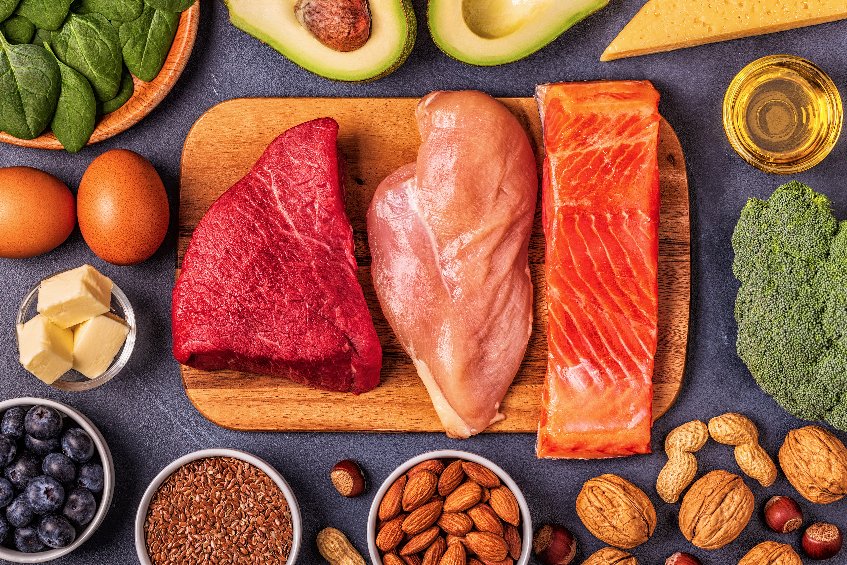
How To Fight Insulin Resistance:
If you are at risk for insulin resistance, there are things you can do to prevent it from developing or to reverse it if you already have it.
Each of these steps will help your body keep your insulin levels low so that you don’t experience insulin resistance.
1. Eat a low-carb, ketogenic-style diet
A ketogenic eating plan is a low-carb, high-fat diet that has been shown to treat and prevent insulin resistance. This is the idea behind the Thin Adapted System (TAS). All the foods and recipes in TAS are high-protein, high-fat, and low-carb.
When you follow the TAS, your body will become Thin Adapted, which means that it starts using fat for energy instead of glucose. This can help to reduce blood sugar levels and improve insulin sensitivity.
The Thin Adapted System walks you through this process step by step. The best place to start is with the 28-Day Metabolism Reset, which guides you through the process of becoming Thin Adapted. Your blood sugars will become more regulated, and you won’t experience the rushes and crashes of badly regulated blood sugar levels.
2. Prioritize Animal Protein
The type of protein you eat while becoming Thin Adapted is extremely important, and you need to ensure you are eating plenty of meat.
As Dr. Ben Bikman has said before, “the food we eat is either the culprit or the cure.” When you eat more animal protein, you can actually reduce the amount of insulin in your body.
Plant protein just doesn’t cut it. It doesn’t have the full spectrum of amino acids our bodies need—and meat does. Plus, animal protein helps us feel full for longer. With plant proteins, you’ll feel hungrier sooner.
Plant proteins also have anti-nutrients. These are things that inhibit our bodies from using their proteins. So even if you eat them for the proteins, we can’t use them to build lean muscle mass.
Our bodies need animal proteins to thrive and work at their best, so make sure you are eating enough of them.
3. Improve Your Sleep
Getting enough sleep is another way to prevent or even reverse the harmful effects of insulin resistance.
Here’s how that works.
When we don’t get enough sleep, our bodies produce cortisol, which triggers more insulin production. Getting enough sleep is essential for getting into and staying in ketosis (when your body burns fat for energy instead of carbs).
We need restful sleep—this is the time when our bodies repair and heal from the damage we caused it during the day.
Learn about your body. What is causing sleep interruptions?
For some people, refusing to eat or drink three hours before bed gives them a more restful night’s sleep. In fact, if your body is digesting food while you sleep, it raises your body temperature, which in turn could make it more difficult to rest.
For others, not getting enough exercise during the day makes them feel restless at night. Add some High Intensity Interval Training to your workouts. It’s a fantastic way to burn fat and you can fit it in, even when you don’t have much time.
4. Eat Low-Carb Fruits and Vegetables
To prevent or reverse insulin resistance, you need to make sure that the carbs you are eating come from low-carb fruits and veggies.
This is because both fruits and vegetables contain soluble fiber, which lowers the amount of insulin in your body. Several studies—like this one—show a link between eating more high soluble fiber and increased insulin sensitivity.
As you try to lose weight, remember to track how many carbs you eat from fruits and vegetables. When you are Thin Adapted, your body will stay in a fat-burning state if it doesn’t receive too much sugar from carbs—even carbs like berries.
Here are some Thinlicious™ recipes that have low amounts of healthy carbs:
5. Cut The High-Sugar Carbs
Finally, avoid those highly processed foods that are filled with sugar and carbs. This is another super-easy way to avoid and even reverse insulin resistance.
These types of food don’t just flood your body with glucose, they also make you feel hungry sooner. Then, you end up eating more frequently, consuming more calories and potentially more carbs. It’s a chain reaction that floods your body with insulin.
If you want to lower the amount of insulin in your body, don’t eat sugary food that will make you hungry an hour later.
Cutting back on carbs will lower how much sugar your body releases into your bloodstream. This will make your body more sensitive to insulin when your pancreas releases it.
You can still enjoy dessert; just be careful with what’s in it. Sweet foods should also have lots of fiber in them. For example, Thinlicious Magic Bars are made with animal protein (collagen powder), healthy fats (coconut oil), and plant protein (pecans and walnuts).
Final Thoughts
Now that you know how to stop insulin resistance, what are you waiting for? There is no time like today! You can actually reverse it and feel healthier than ever before—all by changing how and what you eat.
Ready to get started with the low-carb lifestyle? We recommend starting with our Thinlicious 28-Day Metabolism Reset, which is designed to introduce you to the Thin-Adapted System and help you retrain the way your body burns fuel in just four weeks. Get it HERE.
PIN FOR LATER
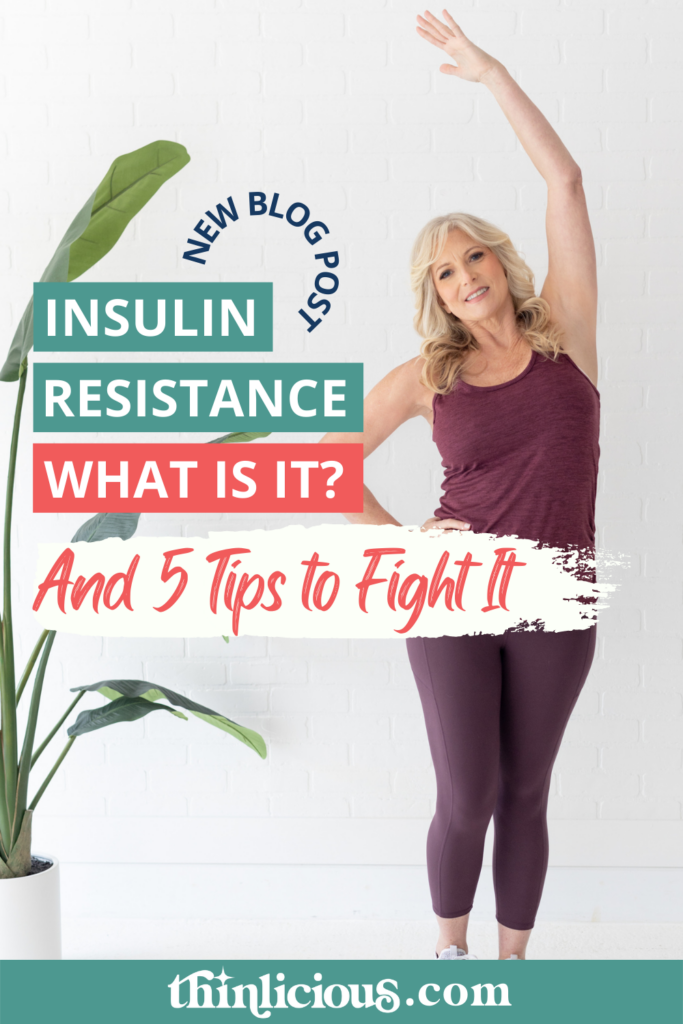
What if you could actually take control of
your health in just 10 days?
It’s not your fault you can’t lose weight as a woman over 40 even though you’ve likely tried literally everything. Your metabolism probably feels broken and your hormones are likely all out of whack.
But you can fix it all with ONE simple change: eliminate sugar. We make it super easy with daily lessons teaching you the science behind what makes us gain weight in our midlife and beyond! Are you ready to get started now?


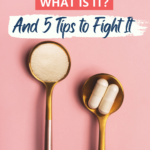
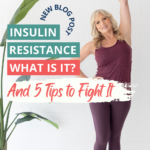

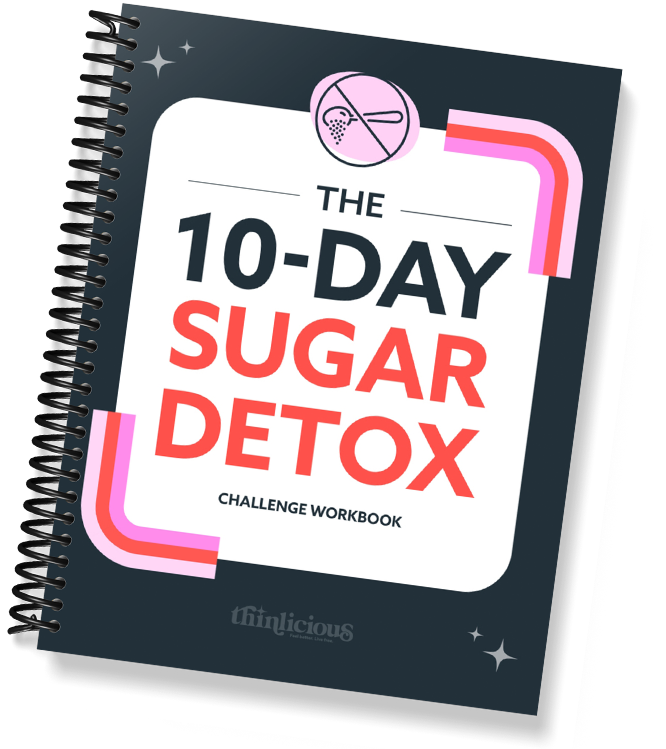
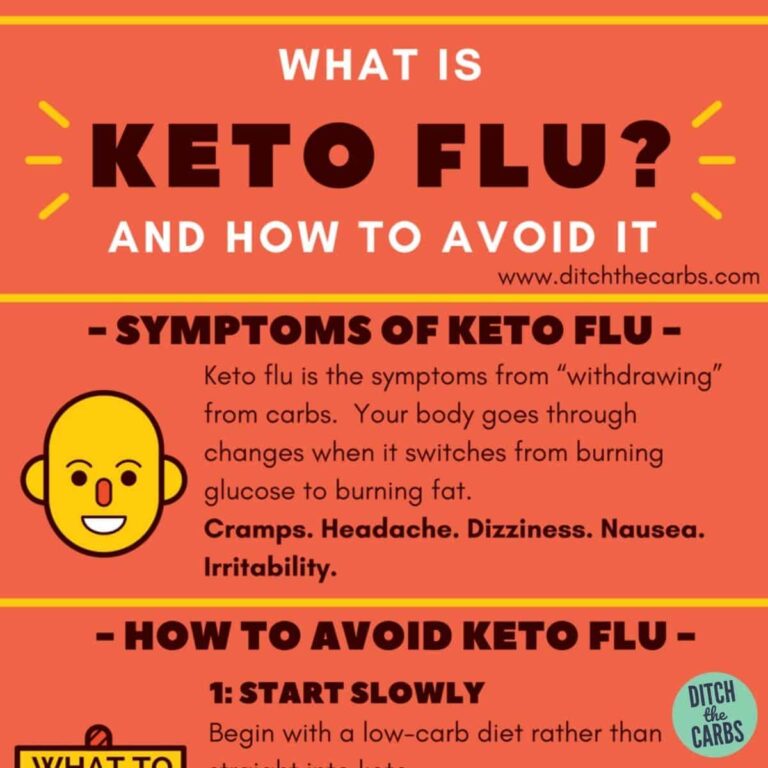

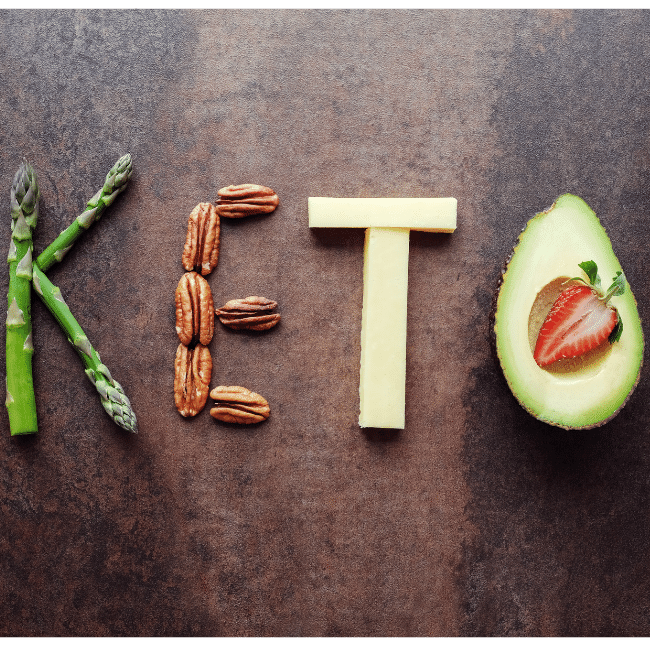

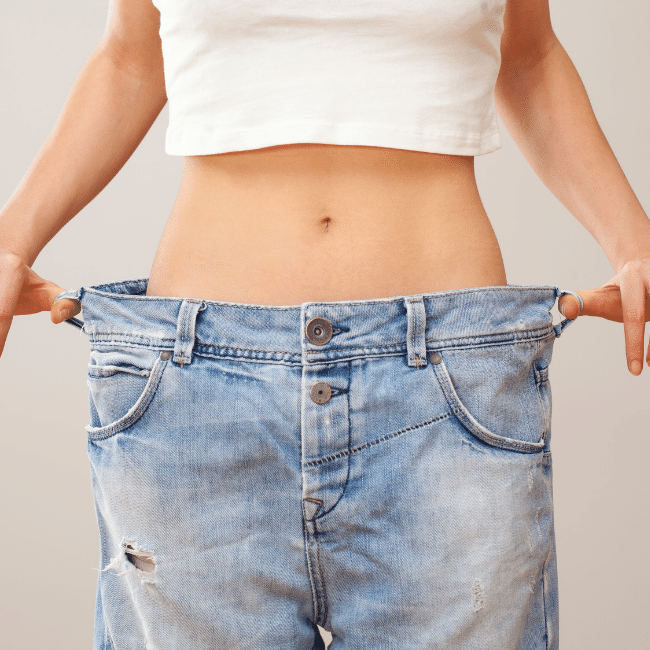
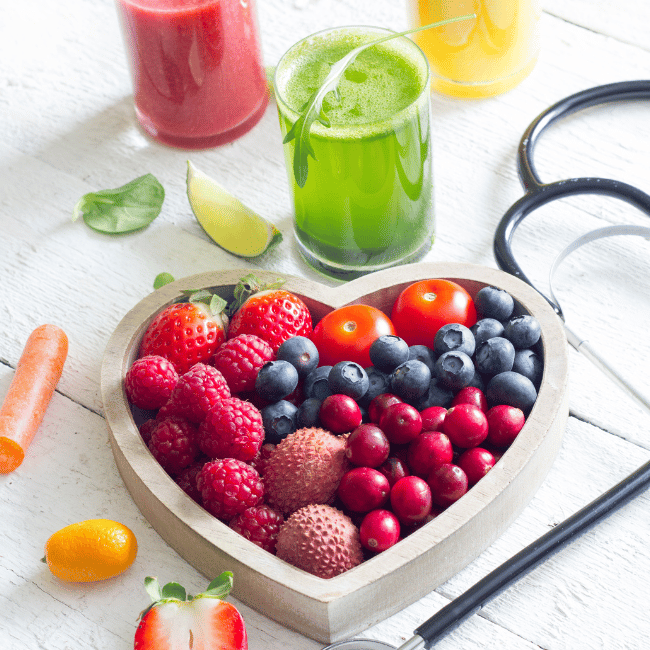
5 Comments